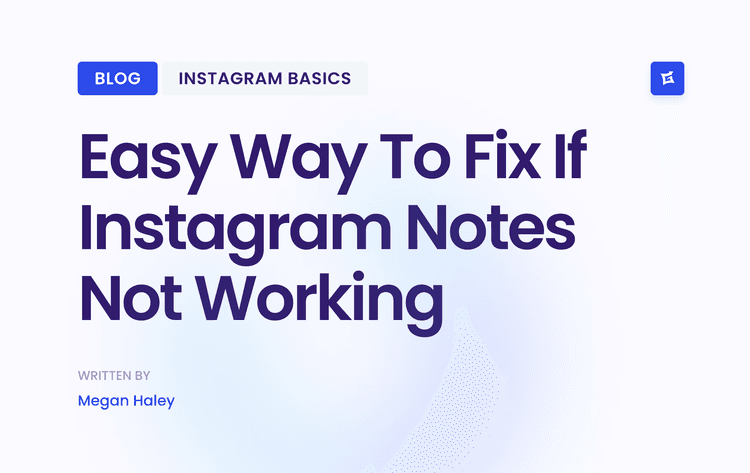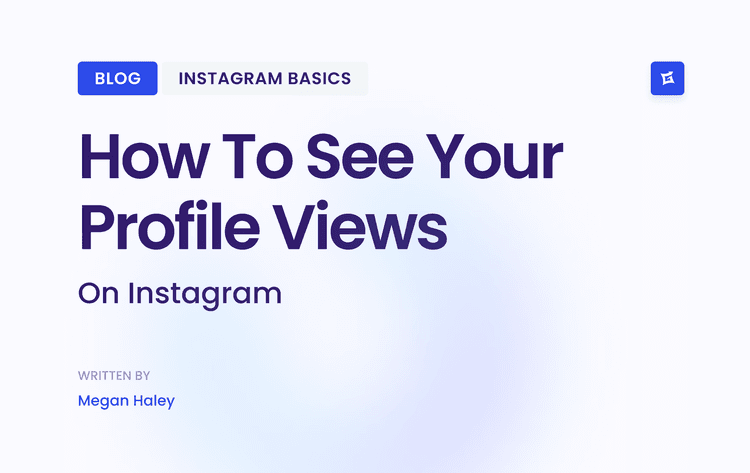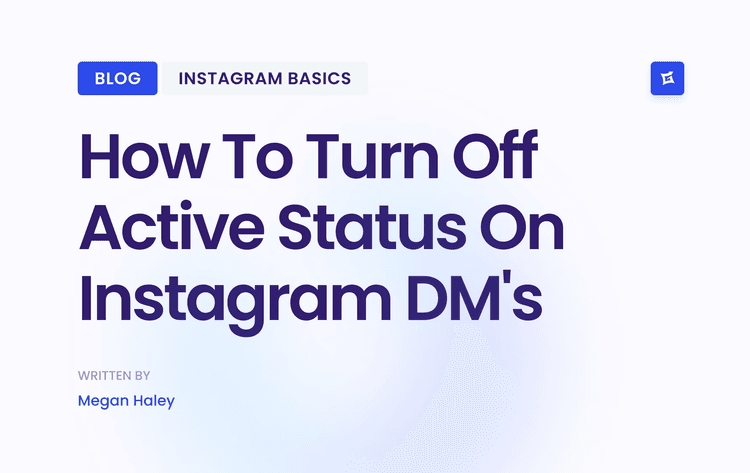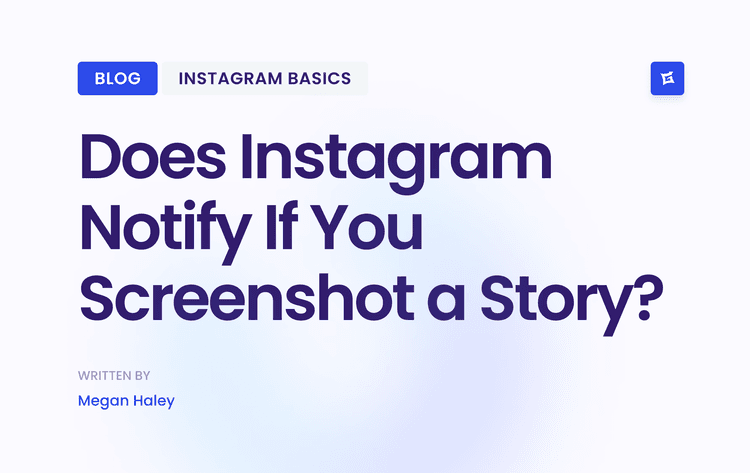Navigating Today's Brand Collaboration Landscape
What Brands Are Looking For
Marketing directors are increasingly moving away from traditional advertising. They're now prioritizing authentic creator relationships. This isn't just a temporary fad; it's a core change in how brands connect with their target demographics. Brands today want authenticity and genuine connection. Well-crafted influencer campaigns can deliver exactly that. This means creators need to demonstrate real enthusiasm for the brands they work with.
Brands are looking for more than just high follower counts. They value specific creator qualities, including:
Engaged Audiences: A highly engaged audience, even a small one, is often more valuable than a large, uninterested audience. This translates into real impact and measurable results for brands.
Niche Expertise: Creators with a specific area of expertise are in high demand. Brands recognize the value of reaching a niche audience through a voice they trust.
Content Quality: High-quality content, visually and in substance, is essential. Brands want to associate with content that aligns with their values and aesthetics.
Understanding the Market Forces
Successful collaborators not only create great content but also understand market trends. One key trend is the rise of influencer marketing. By 2025, the global influencer marketing market is projected to hit $33 billion. That’s more than triple its size in 2020. Statista provides more detailed statistics. This growth is fueled by marketers increasingly choosing to partner with influencers. 86% of U.S. marketers plan to use influencer collaborations in 2025. This shows a strong belief in the effectiveness of this strategy. Influencer collaborations help brands reach new audiences and create relatable content that resonates with younger demographics. Partnerships like Bad Bunny x Calvin Klein exemplify how brands leverage influencers to increase visibility and cultural relevance. It's crucial to remember that the marketing landscape is always changing.
Learning From Success and Failure
Learning to collaborate with brands effectively involves studying past successes and failures. Analyzing case studies of successful and unsuccessful partnerships offers valuable lessons. These examples can help creators anticipate potential issues and develop strategies to sidestep common problems. This proactive approach is fundamental to building strong, lasting brand relationships. Successfully navigating today’s brand collaboration landscape requires strategic thinking, understanding market dynamics, and dedication to creating authentic, compelling content.
Crafting Your Brand Identity to Attract Partnerships

Before reaching out to a brand for a potential partnership, it's essential to make yourself an attractive collaborator. Just as you'd put your best foot forward on a first date, presenting your best self to potential brand partners is crucial. This means strategically positioning yourself to stand out in the competitive creator market. This section will guide you through the process.
Defining Your Unique Value Proposition
What sets you apart? What specific skills and expertise do you offer? This is your unique value proposition, and it’s vital for attracting the right brands. Are you skilled at creating short-form videos? Do you excel at product photography? Or perhaps you're an expert in a specific niche, like sustainable living or tech gadgets.
Clearly defining your strengths will make you more appealing to brands looking for those particular skills. Brands are increasingly looking beyond follower counts and prioritizing meaningful partnerships. Identifying your niche helps them find the right fit.
Showcasing Your Expertise Through Content
Your content acts as your portfolio, allowing brands to assess your potential value. Ensure your content consistently highlights your strengths and expertise. High-quality content is a necessity. Invest in good lighting, video editing software like Adobe Premiere Pro, and compelling storytelling.
Content quality extends beyond technical aspects. It should also be authentic and engaging. Focus on providing value to your audience. Brands seek content that resonates with their target demographic, and valuable content achieves just that.
Auditing and Refining Your Online Community
Take a critical look at your existing content. Does it align with your brand identity? Does it effectively communicate your value proposition? Refining your aesthetic, ensuring consistency in your visual style, color palettes, and overall tone, is essential.
For example, a lifestyle influencer's feed should visually reflect that lifestyle. This consistency builds a strong, recognizable brand. Brands are drawn to creators who can seamlessly integrate their products into existing, high-quality content.
Highlighting Your Audience Demographics
Understanding your audience is fundamental to successful brand collaborations. Brands need to know who you're reaching. Compile key demographics like age, location, interests, and engagement rates. A media kit is a great place to display this information.
This data is invaluable to brands, enabling them to determine if your audience aligns with their target market. This targeted approach maximizes the impact of collaborations. If your audience is primarily young adults interested in fitness, you'll be a perfect match for brands selling athletic apparel or supplements. By understanding effective collaboration strategies, you’ll position yourself as a desirable partner.
Finding and Approaching Your Perfect Brand Match
The infographic above highlights three key outreach metrics for successful brand collaborations: personalization, send time, and follow-up. Personalized messages see a whopping 54% increase in response rates. Sending emails in the morning correlates with a 20% higher open rate. And following up twice can significantly boost your engagement.
Building strong brand partnerships requires more than just sending out mass emails. It demands strategic targeting and a focus on finding the perfect match. This means researching potential partners and crafting personalized outreach that resonates with their brand and objectives.
Researching Potential Brand Partners
Before reaching out, research brands that align with your niche and values. Consider brands you already use and love. Think about which ones resonate with your audience, and whose values mirror your own. This helps you create a targeted list of potential partners.
Crafting Personalized Outreach
A generic email is easily ignored. A personalized email that speaks directly to a brand's work and mission is much more likely to get a response. Personalization is key. Your outreach should demonstrate a clear understanding of the brand's identity, target audience, and marketing goals.
For example, instead of a general compliment, mention a specific campaign that impressed you and explain why. Offer concrete collaboration ideas that benefit both parties. This shows you're invested in a true partnership, not just a free product. Brand collaborations are a growing trend, with successful examples like Ariana Grande x Swarovski and Crumbl x Kardashian-Jenner Family. You can explore more current trends in brand collaborations here.
Examples of Successful Outreach
Effective outreach is targeted and specific. Imagine a beauty influencer contacting a sustainable skincare brand. The influencer might highlight their passion for eco-friendly products and mention their audience's interest in sustainable options. Then, they could propose a collaboration featuring Instagram posts showcasing the brand's products in their daily routine. This focused approach increases the chances of a positive response.
To help you compare different brand collaboration platforms and find the right fit, we've compiled the following list:
Brand Collaboration Platform Comparison: A comparison of leading platforms that connect creators with brands for collaboration opportunities.
Platform A
Best suited for micro-influencers with smaller but engaged audiences
Offers a commission structure that typically ranges between 10% - 20%, varying by brand partnership
Requires a minimum of 1,000 followers to qualify
Features an open application process, making it accessible to qualifying creators
Platform B
Designed for established influencers with larger followings
Uses a performance-based commission model that can reach up to 30%
Has a higher entry barrier with a 10,000+ follower requirement
Operates on an invitation-only basis, making it more exclusive
Platform C
Caters to creators of all sizes and experience levels
Offers negotiable commission rates averaging around 15%
Has no minimum follower requirements, making it most accessible
Maintains an open application policy for all interested creators
This list demonstrates the variety of platforms available, catering to different influencer sizes and offering various commission structures and application processes. Choosing the right platform is a crucial step in securing successful brand collaborations.
Red Flags to Avoid
Just as there are best practices, there are missteps to avoid. Generic, mass-sent emails are a big turn-off. So is outreach that doesn't align with the brand's values, or demanding unrealistic compensation upfront. Avoiding these pitfalls will improve your chances of success. By understanding how to find and approach your perfect brand match, you’ll be well on your way to building strong, mutually beneficial partnerships.
Mastering the Art of Partnership Negotiation
Negotiating with brands renews potential partnerships into profitable collaborations. It's about confidently communicating your value and creating mutually beneficial deals. Mastering this ensures fair compensation and sets the foundation for lasting success.
Knowing Your Worth
Many creators focus solely on follower count, but brands are increasingly interested in engagement metrics: likes, comments, shares, and click-through rates. These show genuine audience interest and potential for interaction with a brand's message.
A smaller, highly engaged audience is often more valuable than a massive, passive one because engaged followers are more likely to become customers. Understanding this helps you accurately value your services. The highest earners often aren't those with the most followers, but those who understand the value of a dedicated audience.
Navigating Contracts and Clauses
After finding your ideal brand, it's time to connect. For strategies on effective outreach, consider resources like this guide on connecting with influencers. A well-structured contract protects everyone. Watch out for red flags: unclear deliverables, restrictive usage rights, or inadequate compensation.
Essential clauses should cover payment, content ownership, usage rights, and revisions. For instance, ensure you can repurpose your content to maximize its reach.
Handling Pushback and Alternative Compensation
Negotiations don't always go smoothly. Be ready for pushback on your rates. This is normal. Justify your pricing with data, showcasing past successes and the value you’ve delivered. Consider alternative compensation, such as performance-based bonuses, which can incentivize both parties.
Successful collaborations create value for brands, and this value is connected to the overall brand landscape. The top 500 brands are valued at nearly $9.5 trillion as of 2025, a 10% year-on-year increase, highlighting the importance of partnerships. You can learn more about brand valuation here. Sometimes, walking away from a misaligned deal is the best long-term strategy.
Different Compensation Structures
Understanding various compensation models—flat fees, performance-based payments, and even equity—is crucial. Knowing which model suits you best enables stronger negotiation. Mastering these aspects of partnership negotiation empowers you to secure collaborations that advance your career.
Creating Content That Delivers for Both Audiences

Brand collaborations require a delicate balance. You need to satisfy the brand's goals while staying true to your audience. This means the content must resonate with both, providing value to your followers while promoting the brand's message.
Integrating Brand Messaging Naturally
Effective brand collaborations feel organic, not forced. The brand's message should be an ingredient, not the entire dish.
For example, a fitness influencer partnering with a protein powder company wouldn't just feature the product. They might instead share a post-workout smoothie recipe incorporating the powder. This subtle approach feels less like an ad and more like a genuine recommendation. Authenticity is key when collaborating with brands.
Managing Approval Processes Efficiently
Brand collaborations often involve approval processes, ranging from content reviews to legal checks. To streamline this, establish clear communication with the brand early on.
A well-defined content calendar and providing drafts in advance can prevent delays and ensure a smooth workflow. This proactive approach manages expectations and maintains positive working relationships.
Exceeding Expectations Without Burning Out
Delivering exceptional work is important for future collaborations. However, set realistic expectations and manage your workload to avoid burnout.
Prioritize tasks, set clear boundaries, and negotiate deadlines that work for you and the brand. This ensures high-quality work without sacrificing your well-being.
Creating High-Performing Content
Successful brand collaborations often outperform regular content. Analyzing these reveals key techniques:
Audience Alignment: Choose brands relevant to your audience's interests.
Compelling Storytelling: Integrate the brand's message into engaging narratives.
Creative Visuals: High-quality visuals capture attention.
Clear Call to Action: Guide your audience towards desired outcomes.
By incorporating these elements, you create content that benefits you and the brand.
Here's a list summarizing key metrics to track when measuring the success of your brand collaborations:
Brand Collaboration Content Performance Metrics
Engagement Metrics
Specific Metrics: Likes, comments, shares, saves
Why It Matters: Measures audience interest and content resonance. High engagement signals strong relevance and reach.
How to Report: Track via native platform analytics (e.g., Instagram Insights, Facebook Analytics) and compare trends over time.
Reach Metrics
Specific Metrics: Impressions, reach, follower growth
Why It Matters: Indicates content visibility and potential audience expansion. Reach shows unique viewers, while impressions reflect total views.
How to Report: Use platform analytics to monitor trends. Compare against past performance and industry benchmarks.
Website Traffic Metrics
Specific Metrics: Click-through rate (CTR), website visits
Why It Matters: Evaluates how effectively content drives users to the brand’s website, linking social efforts to business goals.
How to Report: Use Google Analytics (Acquisition > Social) to track referral traffic. Segment by campaign UTM parameters for deeper insights.
Conversion Metrics
Specific Metrics: Sales, sign-ups, leads
Why It Matters: Directly ties content performance to business outcomes, proving ROI.
How to Report: Implement tracking links (UTM parameters) and platform conversion pixels. Use tools like Google Analytics or Meta’s Conversions API.
This list provides a framework for understanding which metrics are most relevant for demonstrating the value of your collaborations. Focus on the metrics that align with the brand's specific goals.
Developing Long-Term Concepts
Single posts can be impactful, but long-term concepts offer more value. This could be a series of posts, a video series, or even a co-created product.
These extended collaborations foster deeper connections with the brand and audience, building lasting relationships. Think beyond individual campaigns. For example, repurposing successful content with a brand focus extends its lifespan. For more on repurposing, explore these content repurposing strategies.
Renewing One-Offs Into Ongoing Partnerships
Building a successful creator career isn't just about landing individual brand deals; it's about cultivating long-term partnerships. Think of it like dating: one great date is nice, but a real relationship is the ultimate goal. This section explores how to turn those initial collaborations into lasting, profitable partnerships. We'll examine how creators have built significant income from a few strong brand relationships, showcasing how they build one-off projects into ongoing collaborations.
Exceeding Expectations in Your First Collaboration
First impressions matter. Going above and beyond in your initial collaboration sets the stage for future opportunities. This means not just meeting the brand's expectations, but exceeding them. For example, if the contract requires three Instagram posts, consider adding a bonus TikTok video or featuring the brand in a blog post. This proactive approach demonstrates your commitment and value.
Demonstrating Measurable ROI to Brands
Brands want results. Showing a clear return on investment (ROI) is crucial for securing future collaborations. Track important metrics, like website traffic from your unique referral links, engagement on your posts, and even sales when possible. Present this data clearly to the brand, highlighting the actual impact of your work. This demonstrates your effectiveness and justifies a continued partnership.
Positioning Yourself for Expanded Opportunities
Once you've proven your value in an initial project, position yourself for expanded opportunities within that brand. This could involve offering ideas for future campaigns, suggesting new ways to integrate their products into your content, or even proposing a long-term ambassador role. Think strategically about how you can become a valuable asset to their marketing efforts.
Maintaining Relationships Between Campaigns
Maintaining contact between campaigns is just as important as the campaigns themselves. Think of it like gardening; consistent nurturing is essential. Regularly engage with the brand on social media, share their content, and stay top-of-mind. This consistent communication strengthens the relationship and keeps you front and center when they are planning future projects. To maximize the impact of your collaborations, consider using effective content repurposing strategies to expand your reach.
Proposing Follow-Up Projects and Increasing Your Rates
Knowing when and how to propose follow-up projects is key. After a successful campaign, wait a reasonable period, perhaps a few weeks, and then reach out with fresh ideas. These proposals should build on the success of the previous collaboration, demonstrating how you can further amplify their brand message. As you build a stronger relationship and demonstrate consistent ROI, gradually increase your rates. This should be a gradual process, justified by your increased value and experience.
By following these strategies, you can renew one-time collaborations into long-term, mutually beneficial partnerships. These ongoing relationships provide consistent income, build credibility, and establish you as a sought-after creator in your niche. Ready to take your Instagram growth to the next level and attract more brand collaborations? Gainsty, the AI-powered social assistant, can help you boost your followers and engagement organically. Check it out at Gainsty.

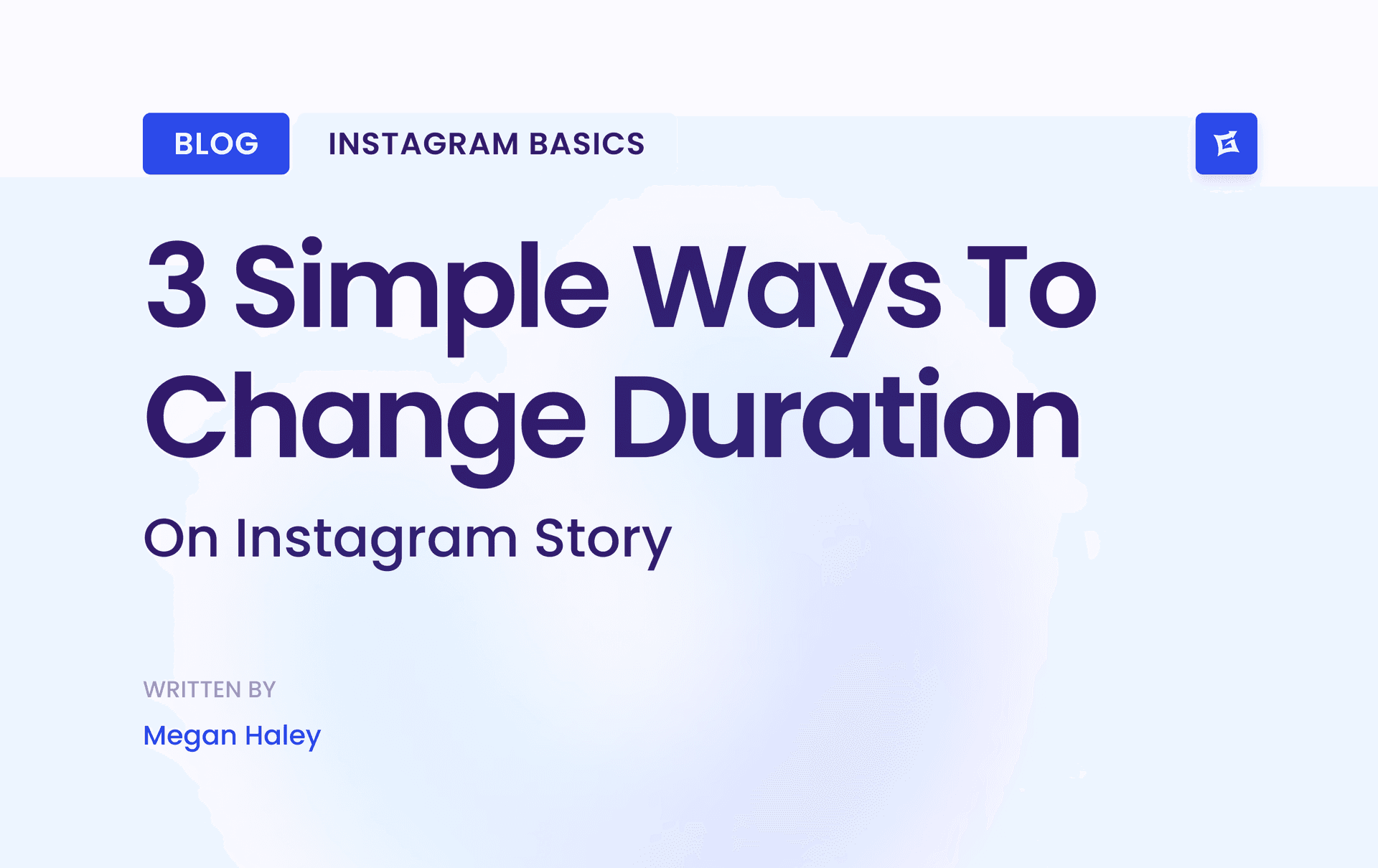
.png&w=1920&q=75&dpl=dpl_9XSWKBjhcBN6v6b1SN7m3p1WWjfr)
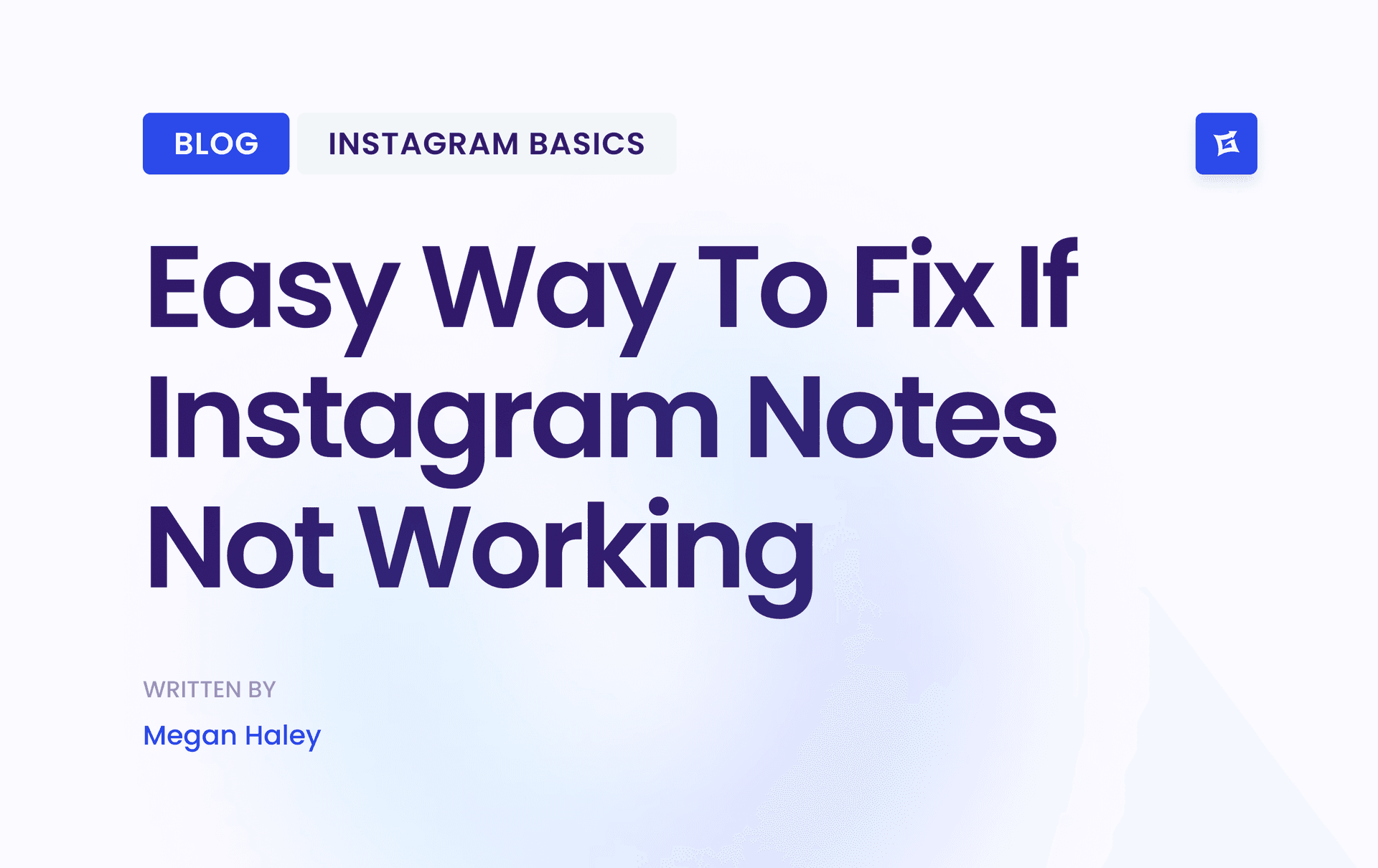
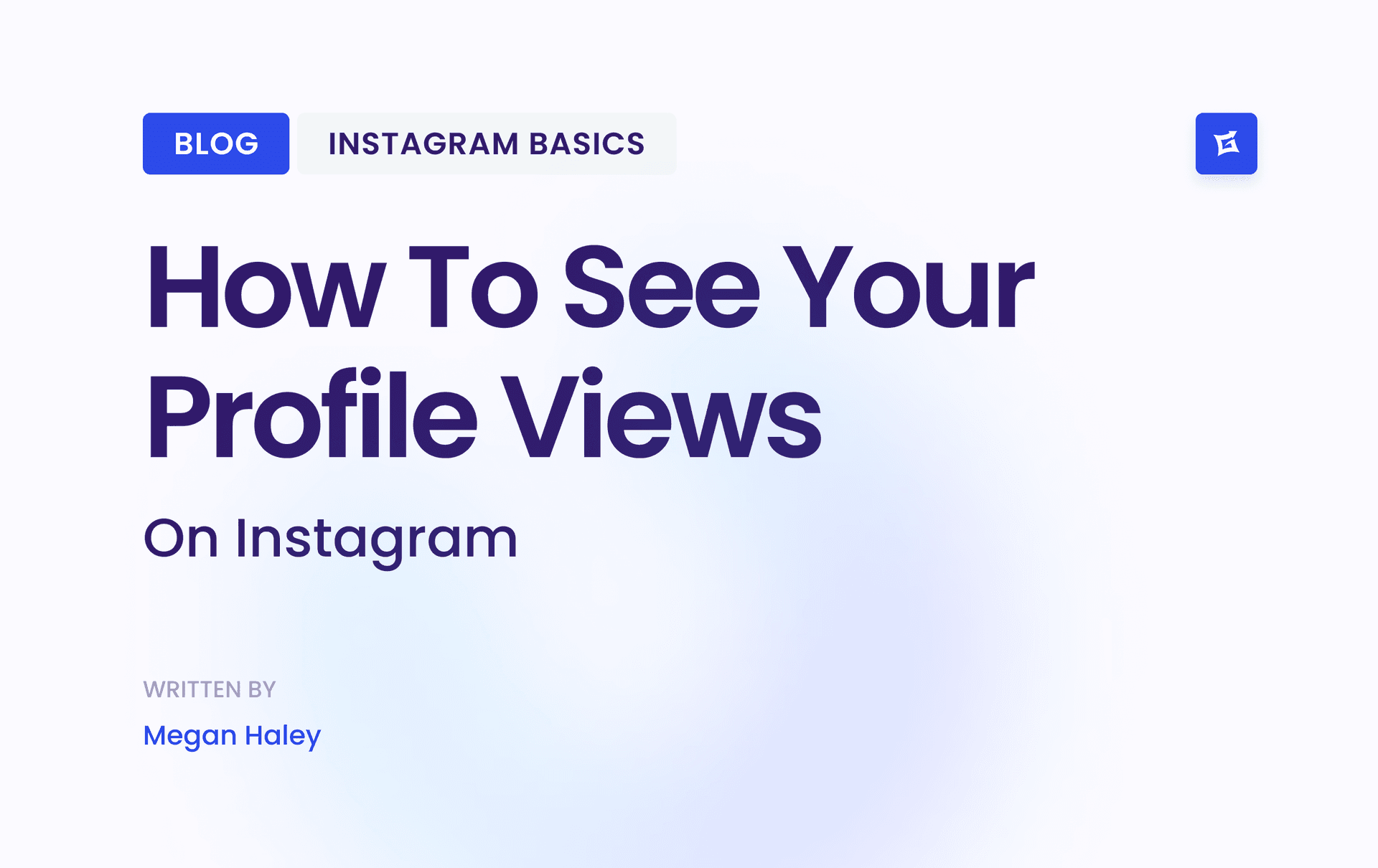
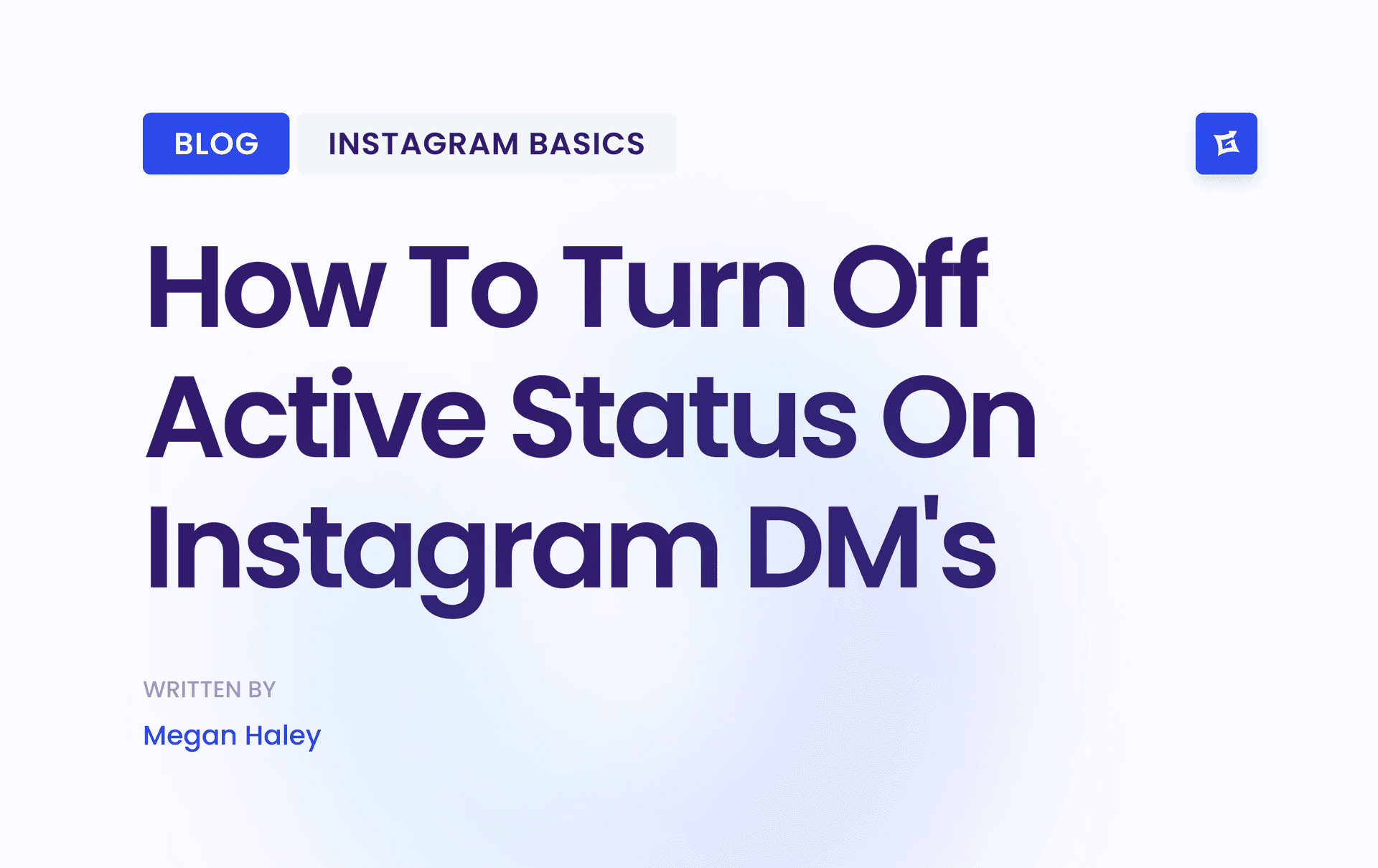
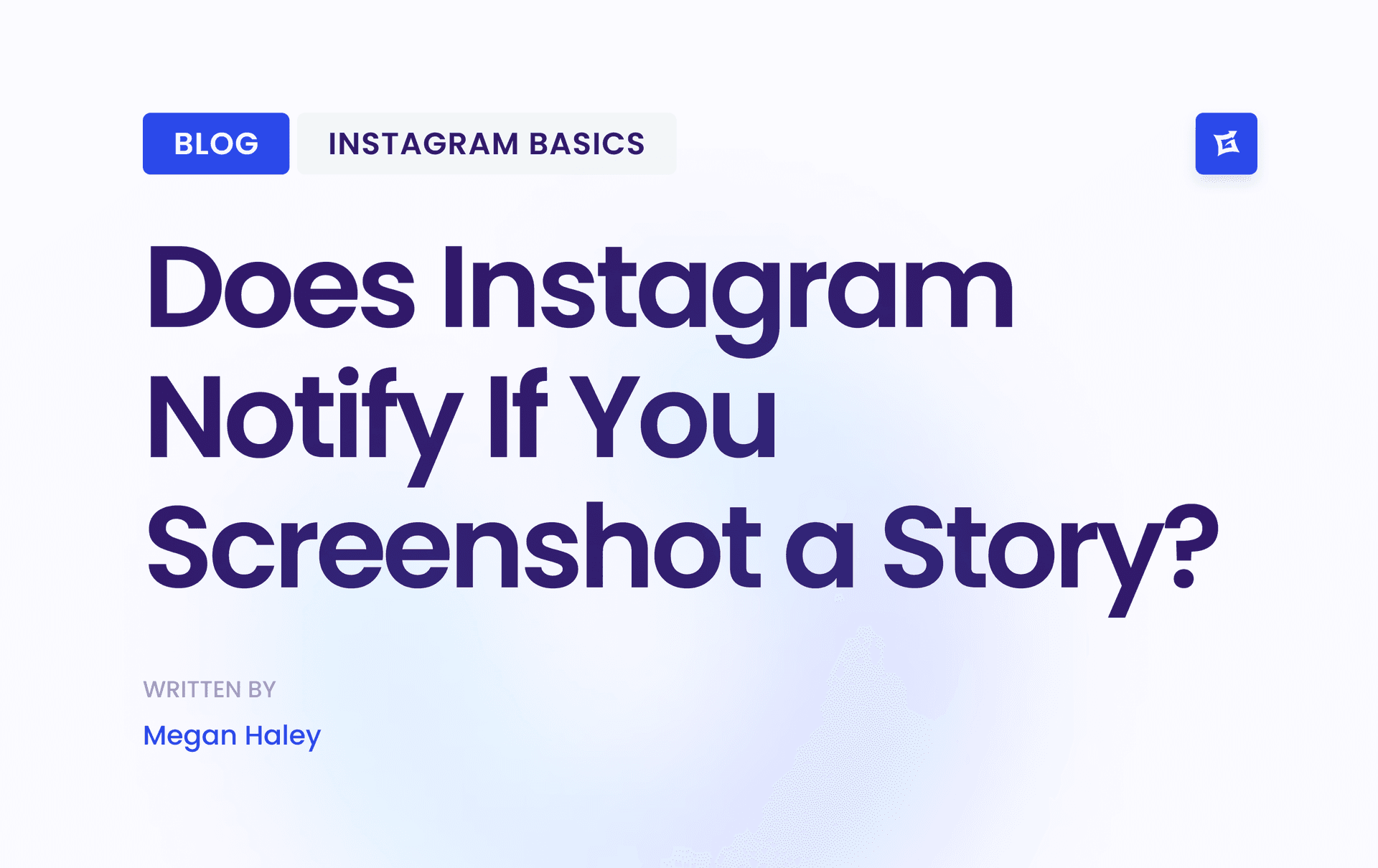



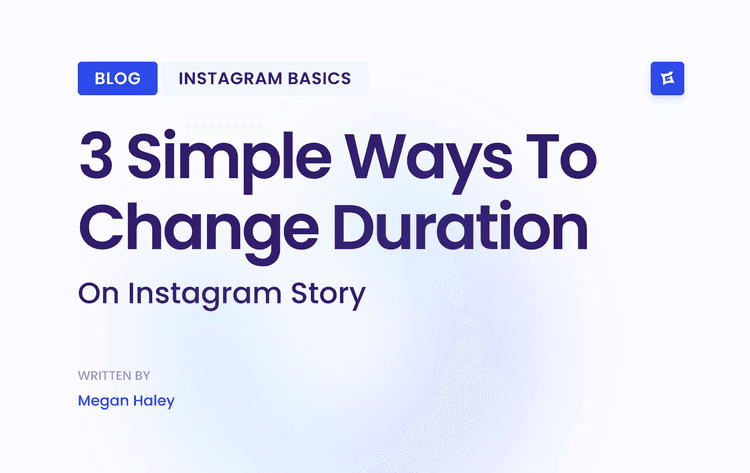
.png&w=750&q=75&dpl=dpl_9XSWKBjhcBN6v6b1SN7m3p1WWjfr)
